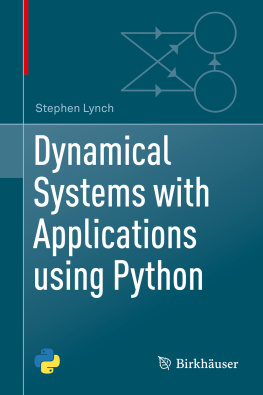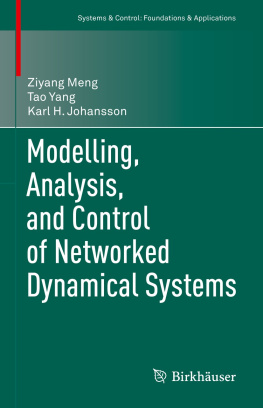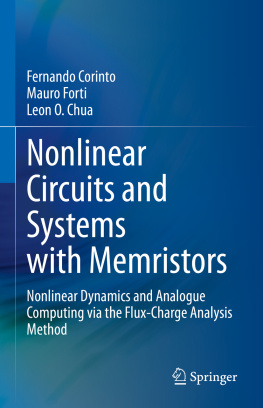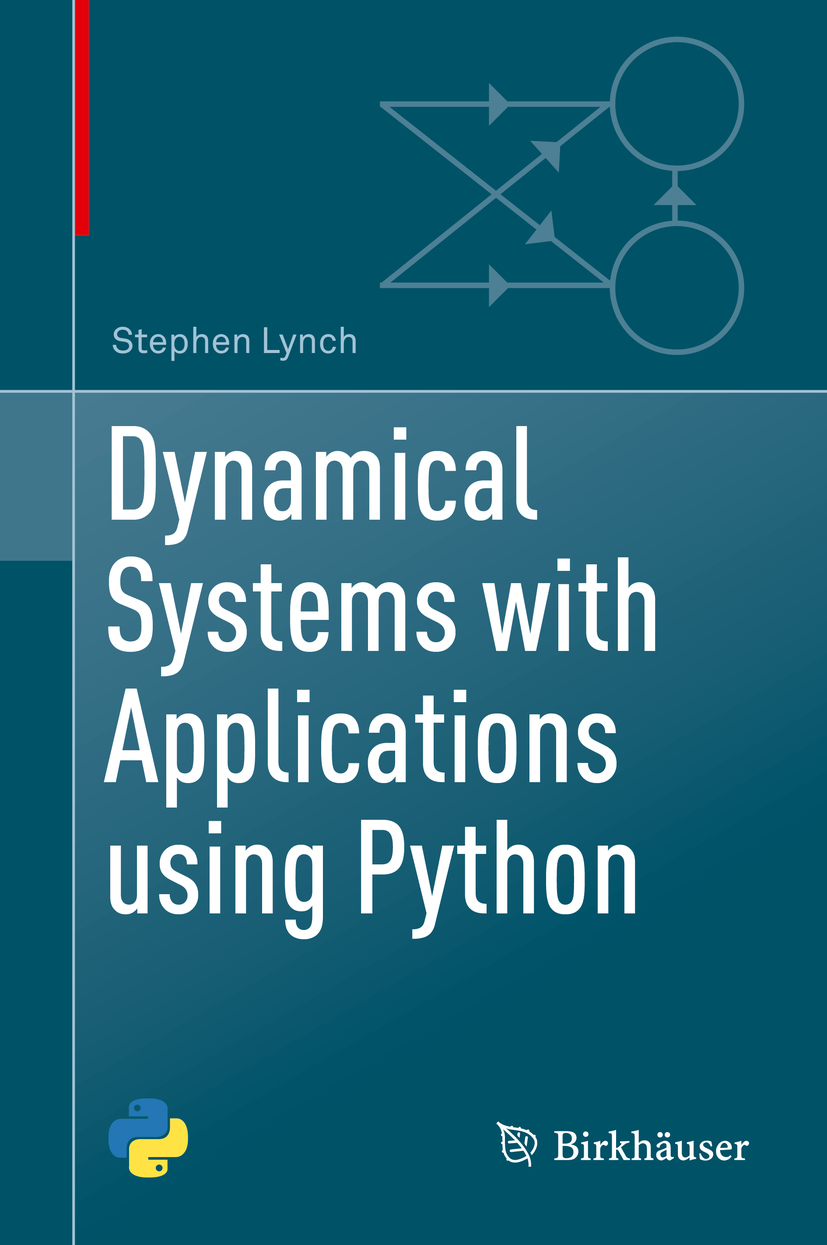Stephen Lynch
Manchester Metropolitan University, Manchester, UK
ISBN 978-3-319-78144-0 e-ISBN 978-3-319-78145-7
https://doi.org/10.1007/978-3-319-78145-7
Library of Congress Control Number: 2018952351
Mathematics Subject Classication (2010): 00A05 00A69 37-01 34-01 34Cxx 34Dxx 34H10 34K18 37-04 37Nxx 68U10 78A60 92B20
Springer International Publishing AG, part of Springer Nature 2018
This work is subject to copyright. All rights are reserved by the Publisher, whether the whole or part of the material is concerned, specifically the rights of translation, reprinting, reuse of illustrations, recitation, broadcasting, reproduction on microfilms or in any other physical way, and transmission or information storage and retrieval, electronic adaptation, computer software, or by similar or dissimilar methodology now known or hereafter developed.
The use of general descriptive names, registered names, trademarks, service marks, etc. in this publication does not imply, even in the absence of a specific statement, that such names are exempt from the relevant protective laws and regulations and therefore free for general use.
The publisher, the authors and the editors are safe to assume that the advice and information in this book are believed to be true and accurate at the date of publication. Neither the publisher nor the authors or the editors give a warranty, express or implied, with respect to the material contained herein or for any errors or omissions that may have been made. The publisher remains neutral with regard to jurisdictional claims in published maps and institutional affiliations.
This book is published under the imprint Birkhuser, www.birkhauser-science.com by the registered company Springer Nature Switzerland AG
The registered company address is: Gewerbestrasse 11, 6330 Cham, Switzerland
Preface
This book provides an introduction to the theory of dynamical systems with the aid of Python. It is written for both senior undergraduates and graduate students. Chapter and 1621 is at postgraduate level and has been influenced by the authors own research interests. There is more theory in these chapters than in the rest of the book since it is not easily accessed anywhere else. It has been found that these chapters are especially useful as reference material for senior undergraduate project work. The theory in other chapters of the book is dealt with more comprehensively in other texts, some of which may be found in the references section of the corresponding chapter. The book has a very hands-on approach and takes the reader from the basic theory right through to recently published research material.
Python is extremely popular with a wide range of researchers from all sorts of disciplines; it has a very user-friendly interface and has extensive visualization and numerical computation capabilities. It is an ideal package to adopt for the study of nonlinear dynamical systems; the numerical algorithms work very quickly, and complex pictures can be plotted within seconds.
The first chapter provides an efficient tutorial introduction to Python. Simple Python programming is introduced using three basic programming structures: defining functions, for loops, and if, then, else constructs. New users will find the tutorials will enable them to become familiar with Python within a few days. Both engineering and mathematics students appreciate this method of teaching and I have found that it generally works well with one staff member to about twenty students in a computer laboratory. In most cases, I have chosen to list the Python commands at the end of each chapter; this avoids unnecessary cluttering in the text. The Python programs have been kept as simple as possible and should run under later versions of the package. All Python files for the book (including updates and extra files) can even be downloaded from the Web via GitHub at:
https://github.com/springer-math/dynamical-systems-with-applications-using-python
Readers will find that they can reproduce the figures given in the text, and then it is not too difficult to change parameters or equations to investigate other systems.
Chapters is concerned with how planar systems vary depending upon a parameter. Bifurcation, bistability, multistability, and normal forms are discussed.
The reader is first introduced to the concept of chaos in continuous systems in Chapters provides an introduction to delay differential equations with applications in biology and nonlinear optics.
Chapters provides a brief introduction to image processing which is being used more and more by a diverse range of scientific disciplines, especially medical imaging. The fast Fourier transform is introduced and has a wide range of applications throughout the realms of science.
Chapter . Imagine trying to make a computer mimic the human brain. One could ask the question: In the future will it be possible for computers to think and even be conscious? The human brain will always be more powerful than traditional, sequential, logic-based digital computers and scientists are trying to incorporate some features of the brain into modern computing. Neural networks perform through learning and no underlying equations are required. Mathematicians and computer scientists are attempting to mimic the way neurons work together via synapses; indeed, a neural network can be thought of as a crude multidimensional model of the human brain. The expectations are high for future applications in a broad range of disciplines. Neural networks are already being used in machine learning and pattern recognition (computer vision, credit card fraud, prediction and forecasting, disease recognition, facial and speech recognition), the consumer home entertainment market, psychological profiling, predicting wave over-topping events, and control problems, for example. They also provide a parallel architecture allowing for very fast computational and response times. In recent years, the disciplines of neural networks and nonlinear dynamics have increasingly coalesced and a new branch of science called neurodynamics is emerging. Lyapunov functions can be used to determine the stability of certain types of neural network. There is also evidence of chaos, feedback, nonlinearity, periodicity, and chaos synchronization in the brain.
Chapter focuses on binary oscillator computing, the subject of UK, International, and Taiwanese patents. The author and his co-inventor, Jon Borresen, came up with the idea when modeling connected biological neurons. Binary oscillator technology can be applied to the design of arithmetic logic units (ALUs), memory, and other basic computing components. It has the potential to provide revolutionary computational speed-up, energy saving, and novel applications and may be applicable to a variety of technological paradigms including biological neurons, complementary metal-oxide-semiconductor (CMOS), memristors, optical oscillators, and superconducting materials. The research has the potential for MMU and industrial partners to develop super fast, low-power computers and may provide an assay for neuronal degradation for brain malfunctions such as Alzheimers, epilepsy, and Parkinsons disease!
Examples of coursework and three examination-type papers are listed in Chapter .













